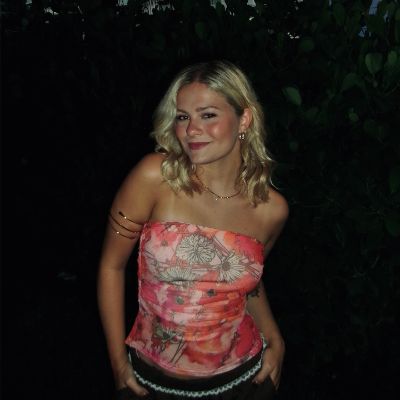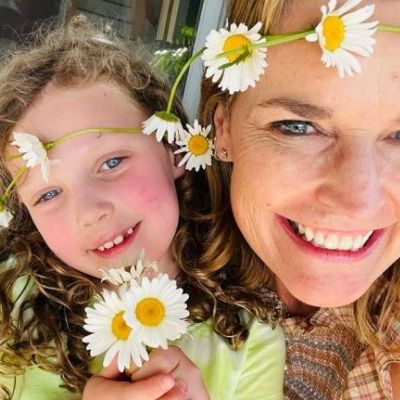Thomas C Südhof Biography
Quick Facts Thomas C Südhof
- NameThomas C Südhof
- ProfessionGerman-American biochemist
- EducationHannover Waldorf School, Harvard University, RWTH Aachen University
Thomas Südhof is a great German-American biochemist born on December 22, 1955. He is in the department of Molecular and Cellular Physiology in the School of Medicine and psychiatry and behavioral Sciences at Stanford University as a professor. Südhof, Randy Schekman, and James Rothman were jointly awarded Nobel Prize in Physiology or Medicine (2013) for working on vesicle trafficking.
EARLY YEARS
Südhof was born in Göttingen and grew up on Göttingen and Hannover. He studied music while he was young, specially bassoon and finds his bassoon instructor Herbert Tauscher as the most influential teacher in his life. In 1975, he graduated from the Hannover Waldorf School and studied medicine at Harvard University, RWTH Aachen University. In 1982, he obtains his M.D from University of Göttingen and did his doctoral thesis where he described the function and structure of chromaffin cells at Max Planck Institute for Biophysical Chemistry. He did his postdoctoral fellowship in the lab of Victor P. Whittaker.
In 1983, Südhof he moved to the United States for postdoctoral training in molecular genetics under the supervision of Joseph L. Goldstein and Michael Stuart Brown at University of Texas Health Science Center which is currently UT Southwestern Medical Center.
HIS WORKS, CONTRIBUTIONS & PERSONAL LIFE
Südhof was working to describe the role of LDL receptor in cholesterol metabolism for which his mentors Brown and Goldstein were awarded Nobel Prize in Physiology or Medicine in 1985. In 1968, he finished his postdoctoral work and began to work as an investigator at Howard Hughes Medical Institute and provided a separate lab to work on Presynaptic Neuron for two decades.
Südhof moved to Stanford University in 2008 and is serving as Professor of Physiology, Neurology, and Psychiatry.
Südhof was previously married to Annette Südhofand now to professor Lu Chen of psychiatry and behavioral sciences and neurosurgery at Stanford University. He has two children from Chen and two from Annette.
Südhof studied and described the function and structure of chromaffin cells which release the norepinephrine, epinephrine, and endorphins from medulla located in adrenal gland which initiates the fight or flight mode of animals in threatening situation.
While working independently Südhof focused on presynaptic neuron and discovered its plasticity and machinery mediating neurotransmitter release during his two-decade in UT Southwestern. He also discovered synaptotagmins ( a transmembrane protein which trigger vesicle fusion and neurotransmitter release which works as calcium sensor) and their functions in neurotransmitter release from presynaptic neuron. He researched mainly about neurotransmitter release from presynaptic neuron and uncovered the roles of synaptobrevin, syntaxin, and SNAP35. He focused on maintenance synaptic connection and discovered neurexins and neuroligins.
His researched helped to understand the Alzheimer’s disease more clearly and also serves at Research Consortium of Cure Alzheimer’s Fund.
AWARDS
He is honored with W. Alden Spencer Award from Columbia University in 1993 jointly with Richard Scheller, Wilhelm Feldberg Award in 1994, Roger Eckert Award Lecture 1997, National Academy Award in Molecular Biology jointly with Richard Scheller 1997, Metlife Award jointly with Roberto Malinow 2004, Ulf von Euler Award 2004, Bernhard Katz Award jointly with Reinhard Jahn 2008, Passano Foundation Award 2008, Kavli Prize jointly with Richard Scheller and James Rothman 2010, Albert Lasker Award for Basic Medical Research jointly with Richard Scheller 2013 and Nobel Prize in Physiology or Medicine jointly with Randy Schekman and James Rothman in 2013.
Tags

















